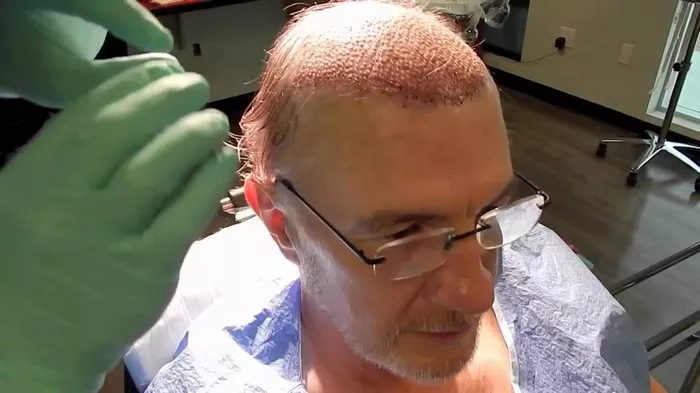Hair loss can be a significant concern for individuals seeking effective and lasting solutions. NeoGraft, a cutting-edge hair transplant technology, has gained widespread acclaim for its minimally invasive approach and natural-looking results. As potential candidates explore this transformative procedure, a common question arises: What is the survival rate for NeoGraft hair transplant? In this article, we aim to unravel the intricacies surrounding the survival rate of NeoGraft hair transplants and provide a comprehensive understanding of its efficacy.
Defining Survival Rate in NeoGraft Hair Transplants
Survival rate in the context of NeoGraft hair transplants refers to the long-term viability and permanence of the transplanted hair follicles. NeoGraft, utilizing the follicular unit extraction (FUE) technique, involves harvesting individual hair follicles from a donor area and transplanting them to areas experiencing hair loss. The survival rate, therefore, indicates the percentage of transplanted hair follicles that successfully take root and continue to grow, providing a lasting solution to hair loss.
Factors Influencing Survival Rate
Several factors contribute to the overall survival rate of NeoGraft hair transplants, emphasizing the importance of a holistic approach to the procedure. Understanding these factors can provide insights into the anticipated outcomes for individuals undergoing the process.
1. Patient’s Overall Health and Lifestyle:
A patient’s overall health and lifestyle choices can significantly impact the success of a NeoGraft hair transplant. Factors such as nutrition, stress management, and habits like smoking can influence the body’s ability to heal and support the growth of transplanted hair.
2. Surgical Expertise and Technique:
The skill and expertise of the surgeon performing the NeoGraft procedure play a pivotal role in the survival rate. A highly trained and experienced surgeon is more likely to execute precise graft harvesting and transplantation, minimizing trauma to the follicles and maximizing their chances of successful integration.
3. Post-Operative Care:
The adherence to post-operative care instructions is paramount for ensuring optimal survival rates. Patients must follow guidelines provided by the transplant surgeon, including proper scalp care, medication, and avoiding activities that may compromise the newly transplanted follicles during the initial healing phase.
Understanding the Post-Transplant Phases:
Survival rate considerations extend beyond the immediate post-operative period. NeoGraft recipients typically undergo a shedding phase shortly after the transplant, where the transplanted hairs fall out. This is a natural part of the hair growth cycle and does not indicate graft failure. Subsequent to the shedding phase, a dormant period follows before new hair growth begins. Patients need to be patient and committed to the post-transplant process to witness the full, lasting results.
Realistic Expectations and Individual Variability:
While NeoGraft offers a high success rate, it’s crucial for patients to maintain realistic expectations. The survival rate can vary from person to person based on factors such as age, genetics, and the extent of existing hair loss. Some individuals may experience a higher percentage of transplanted hair survival compared to others.
Survival Rate Statistics and Research:
Research and clinical studies on the survival rate of NeoGraft hair transplants consistently highlight the procedure’s efficacy. The majority of patients experience a high percentage of graft survival, with reports often exceeding 90% or more. These statistics underscore the reliability and success of NeoGraft in providing lasting results.
Long-Term Viability and Permanent Solutions:
The fundamental premise of NeoGraft is to transplant hair follicles that are inherently resistant to the hormone DHT (dihydrotestosterone), a primary contributor to male and female pattern baldness. As a result, the transplanted hair is expected to be permanent and not susceptible to typical hair loss patterns, providing a lasting solution to hair loss concerns.
See Also: When Can I Wash My Hair After Transplant: A Definitive Guide
Conclusion:
In conclusion, the survival rate for NeoGraft hair transplants is generally high, with most patients experiencing a significant percentage of transplanted hair follicles successfully taking root and thriving. The success of the procedure is influenced by various factors, including the patient’s overall health, surgical expertise, and post-operative care. While individual variability exists, research and clinical studies consistently validate the effectiveness of NeoGraft as a long-term and permanent solution to hair loss. Prospective candidates considering NeoGraft can be confident in its reputation for providing natural-looking, enduring results when approached with realistic expectations and a commitment to post-operative care.


